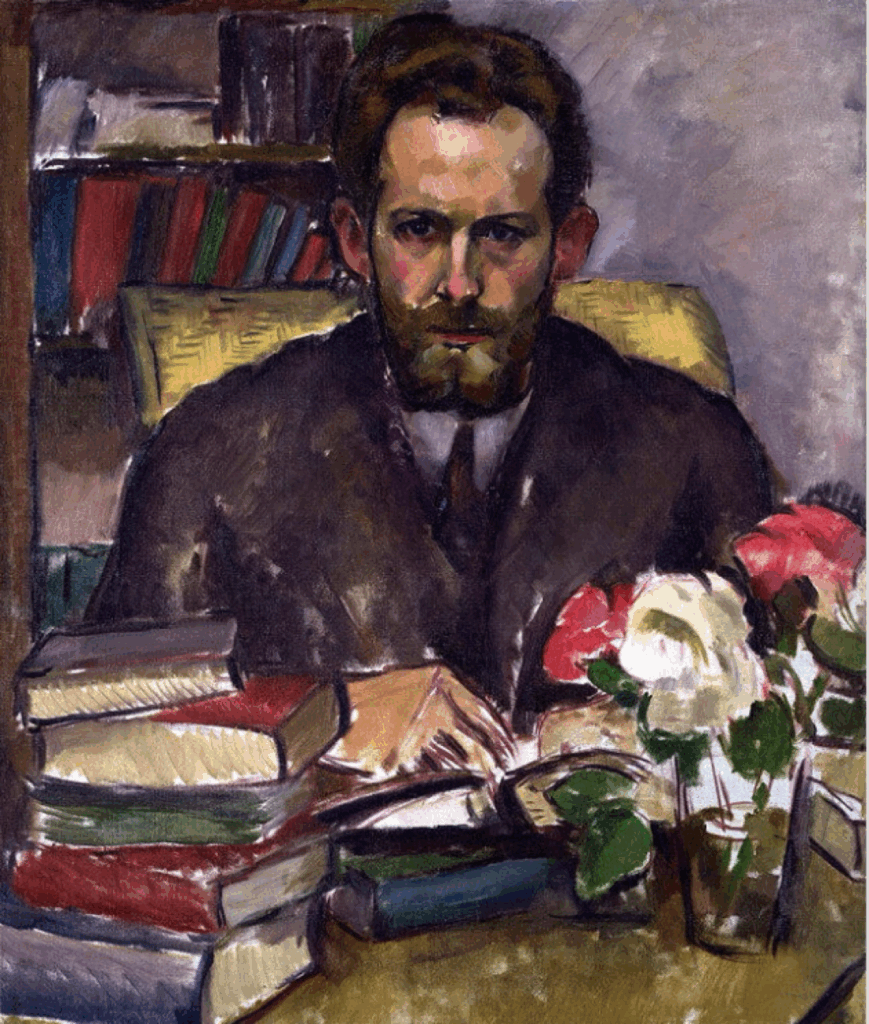
In 1923 the art critic Willard Huntington Wright published, The Future of Painting, a little book in which he addresses a revolution he saw occurring in western art.
That a grave misconception attaches to the art of modernist painting should be evident in the bitter warfare which, for over a century, has raged between the advocates of the older painting and the exponents of the new. Never before in the history of art has there existed so violent and prolonged a controversy concerning the merits and demerits of opposing aesthetic procedures. Practically the entire artistic world has divided into two hostile camps, with diametrically opposed doctrines and beliefs (p. 1).
Having spent some fifty-plus pages describing the new art, he summarizes.
The color-instrument of the future will not merely throw pretty squares, circles, coils, and volutes of colored light on a screen, but will be able to record the artist’s moods, desires and emotions along any visually formal aesthetic line. Only when such an instrument has been perfected can the modern artist’s creative conceptions be properly expressed. With the completion of this new medium the art of color will have entirely dissociated itself from the art of painting, not only impulse and conception, but in the world’s attitude towards it (p. 51).
The art of color will be a new art only in medium; and until the day comes when an artist is great enough to express the profound form of a Rubens, or a Michelangelo, or a Beethoven, through this modern medium of light, the art of color will remain inferior to the other arts. That day may not come for many decades—perhaps a century. But this fact should in nowise constitute a stricture against the art of color (p. 53).
Particularly striking is Wright’s 1923 forecast that the color-instrument of the future may not arrive for “many decades—perhaps a century.”
You can download the complete text of TheFuture of Painting here.
